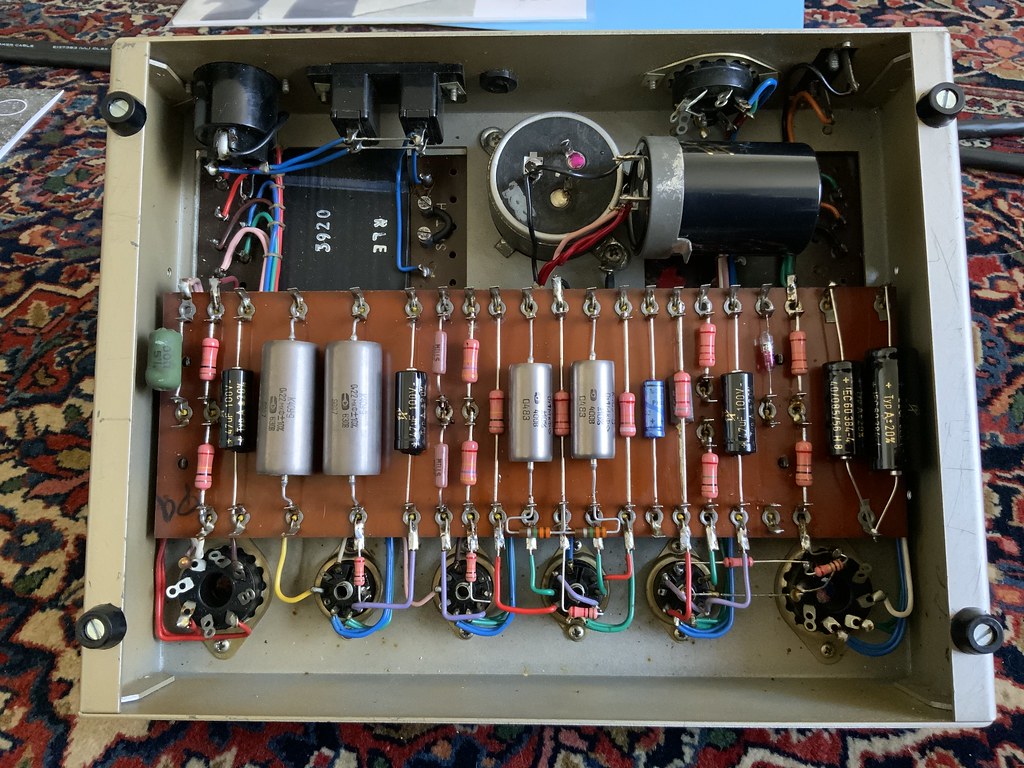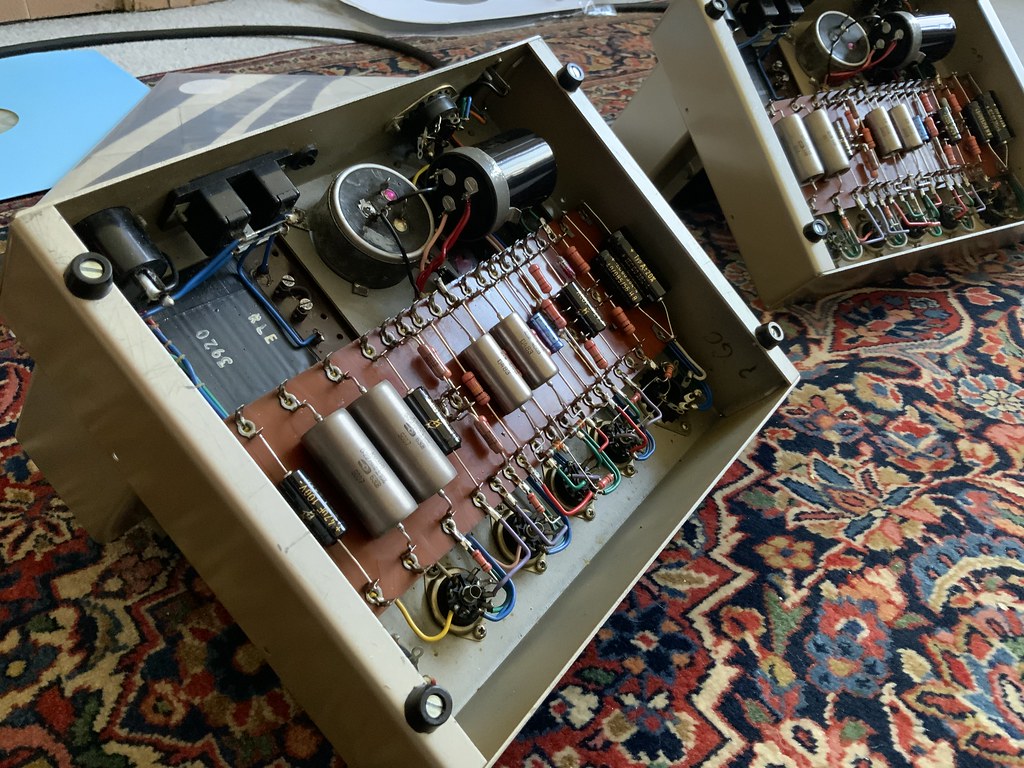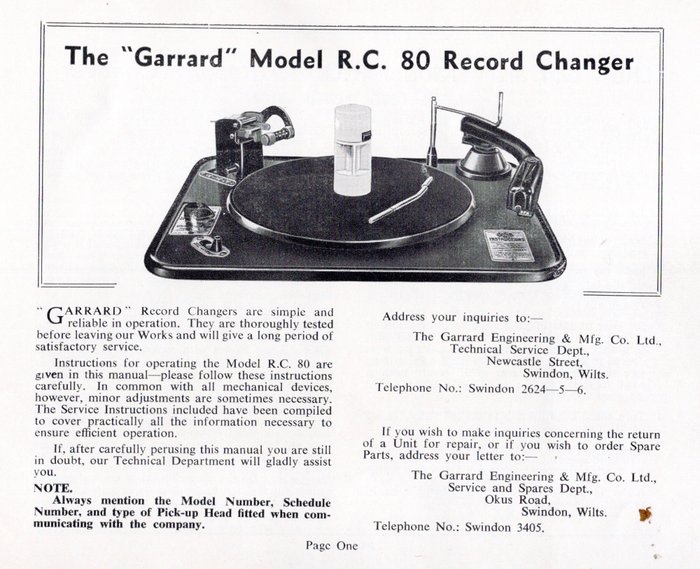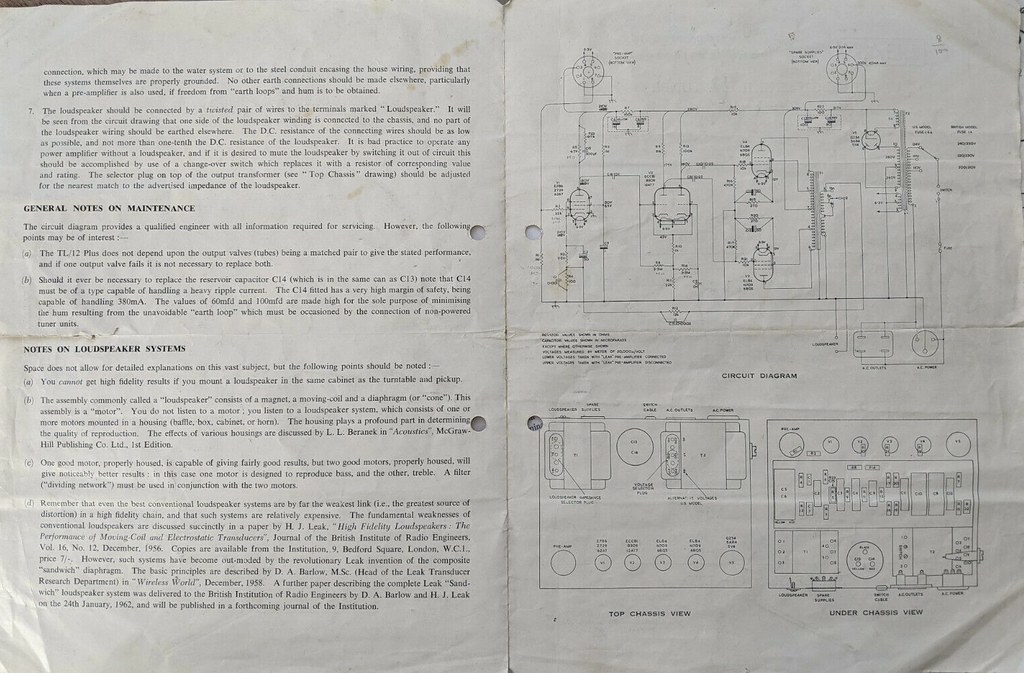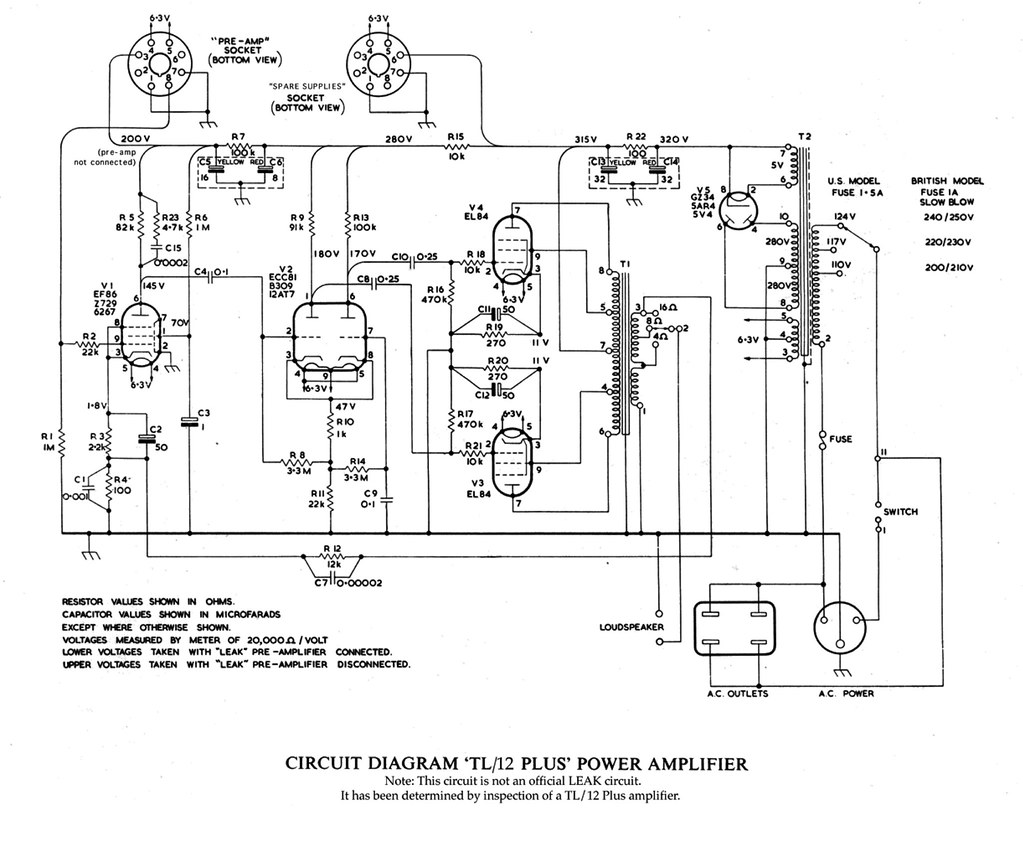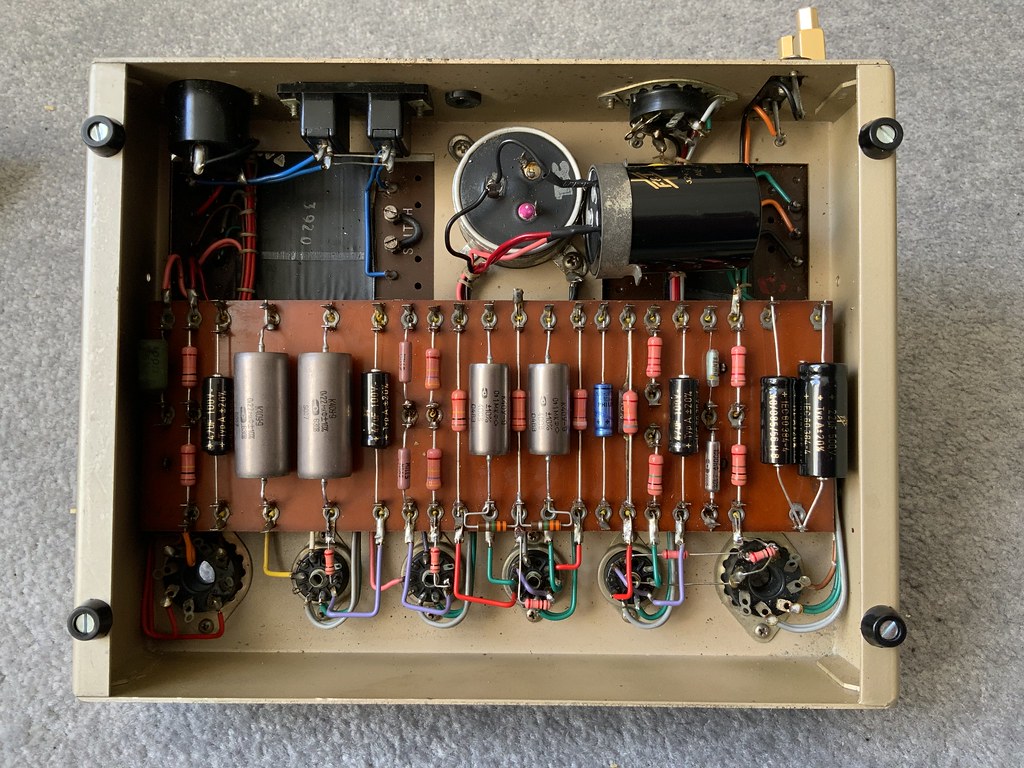Yes, I’d agree with that. The TL12 Plus certainly don’t have the beautiful deep gloss shine of my Stereo 20. Still nice looking things though and I am going to give them a wax when I’ve finished the build. As ever Leak were better at painting the chassis than the transformer covers or can cap. That seems a constant across all the amps I own.
Your TL12s do look immaculate, my picture posted above of a pair of point one 12s is not my pair but from a collector in Australia, I will try and locate the pictures taken by a professional photographer who wanted to photoshoot them when I loan the Leaks to him, a very nice pair but not as good as the above pair.
One of the things that attracts me to the TL12 Plus and Stereo 20 (and things like the Leben, WAD etc) is good EL84s can still be had for less than LOLprice. In any sane world I’d have had a pair of Quad IIs pass through, but the price of GEC KT66s is just insane. I know they last ages, but it would still wind me up! I’m lucky in that I just don’t need brute force, my Tannoys a very efficient and the LS3/5As or JR149s so small I’d not want to play them loud regardless of how much power I had available. I’ve built up a pretty decent stash of EL84s, about eight quads in lightly used or NOS condition plus a few odd ones that might extend the lives of some quads (e.g. I’ve got a couple of additional Blackburn Mullards as well as the quad currently in the S20), so hopefully a lifetime’s supply as a secondary system amp. Even so I might land a few more cold-war Russian 6p-14p at some point just to be sure.
Mmmm, the world has gone insane since the global broadband roll out and of course e-bay.
I went to one of the very first audio jumble events in the "Gandhi Hall" in central London organized by John Howes.
Brand new GEC KT66s boxed, £3 each, I still have the four of them unused.
PS Type 15 looks cool (I’ve got Stephen Spicer’s ‘Firsts In High Fidelity’ book, which I think is due for an update/reprint shortly)! I take it you just have one? Good luck finding another! There’s some really cool looking very early stuff Leak built for Partridge before even that.
Yes, a lonely Type 15 along with a single Audiomaster 11a, been searching for a partner like forever only as a barter deal, I have a spare TL12.1 to trade.
Ironically the Type 15 was the lowest price I had to pay for out of the rest of them.
Walking past a charity shop, on the pavement outside I spot an old Garrard pre 301 auto changer like new in its original packaging, price..... 50 pence.
I swapped the Garrard for the Type 15 amp, the seller wanted the Garrard for what ever reason and didn't know exactly what the huge wooden afrormosia WW2 mobile disco contained apart from a pair of Collaro 78 rpm turntables, the Type 15 was hidden out of sight round the back.
He told me it was a 60 watt valve amp, I didn't challenge him.

Made for BBC radio Norfolk by Leak to celebrate the end of the war, apparently "Charlie Chester" used it regularly.
https://www.radiorewind.co.uk/radio2/charlie_chester_page.htm
It is fitted with an extra valve on the chassis, a mercury vapour rectifier used to switch on and off the high voltage to the output valves via a relay circuit, an instant mute switch, a very nice feature for an outdoor mobile disco.
